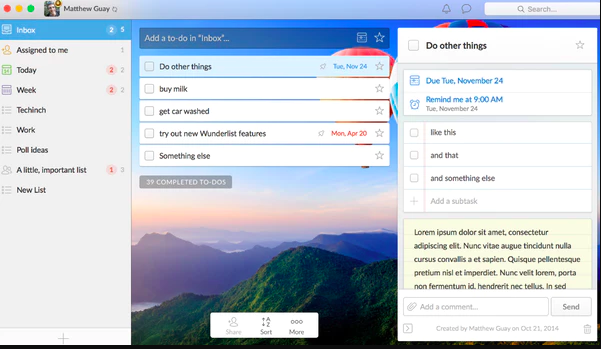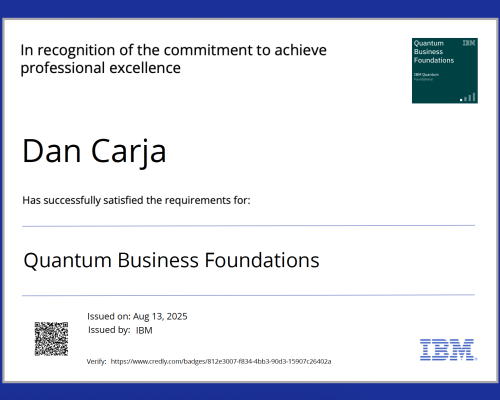
How to work collaboratively (while saving budgets)
The modern work environments share an important common trait: we’re all remote in one way or another to the people we’re working with. Being remote raises several challenges, such as communication challenges, and work efficiency challenges. The work efficiency ones I consider being knowing who does what and when, and executing tasks together with other people in the same time.
In order to overcome the communication challenges,
we need simple, dedicated tools that are efficient and easy to use. Just to make it clear from starters I’m not referring to Skype here. Good quality for audio and video (both sending and receiving) is critical for creating the ‘we’re in the same room’ feeling. Having face to face and ear to ear interaction (even when facilitated by devices) brings a huge advantage to the communication process: people are focusing on the conversation – instead of anything else, besides conveying the message in verbal and non verbal forms. I’m a huge fan of video meetings for a simple reason: because they’re efficient. When we need several people who are at their desks, thousands of kilometers away from each other, to hold effective meetings, we need to make sure their attention is there as if they were in the same office. This means full focus on discussions and making sure that the distractions that might appear are minimized and noticeable. At this point I believe you already figured out my opinion on dial-ins and audio-only, right?
My favorite tool for meetings, whether it’s a one on one, Staff or an All Hands meeting with a broader audience is Zoom.
Zoom has two flavours with slightly different use cases, Zoom Meetings can be attended from own device (such as laptop or mobile phone) and a sample team using it is depicted in the image below.

The second use case is Zoom Rooms, who have all it takes so people joining do not need to bring anything with them, unless they want to. Briefly, Rooms is like the Cisco $12k setup with the slightly different cost of $45 monthly :))

I did say in the title that solving communication challenges is also saving budgets, let’s detail that as well. Business travel includes transportation cost (plane tickets, airport pickup & drop-off, car rental), accommodation cost (hotel or similar), employee cost (per diem & similar, loss of productive time and productivity), administrative cost (employee time performing business travel processes). All of the costs above can be saved by choosing remote meetings instead of performing business travel, with proper tools and mentality in place so the meetings are effective.
Everything I say here is from personal experience, I used to run meetings like that for years, within organisation’s teams and especially with customer meetings, even realised the importance of using a tool that works from one of my former customers (a US-Australian company). I consider remote meetings a success story if they’re done properly. In the same time, in order to strengthen personal relationships, the remote teams should encounter personally at least once or twice a year. A beer session off hours helps a lot on establishing a personal connection.
When tackling the work efficiency challenges when remote,
we need the working collaboratively mindset, and the tools that allow us to deliver results.
Almost twenty years ago when I got my first job, the following workflow was very common: someone would send a spreadsheet attached to an email to a distribution list, each of the recipients would update the file and send it back. This wasted a lot of time for compiling data, was prone to human error, and it took several iterations until every bit of data was where it should have been. Believe it or not, today there still are organisations that work this way. I’m writing this second part of the article to promote the working style that in terms of efficiency requires minimum of effort for a maximum of results.
First of all, who does what?
Remote teams – same as co-located ones – need a clear setup in terms of following processes and tasks. Obviously there’s a tool needed to support that, and my favorite one used to be Wunderlist. It required minimal real estate to display tasks, allowed task ownership and due date, reminders in comments and sub-tasks as depicted in the image below. Current trends in Kanban-like visual approaches consume a lot of screen space unfortunately and that makes me still consider Wunderlist on top of the preference list, however there are still plenty of options to choose from.

Now that we know what we need to do and until when, let’s get to work!
The cloud mindset means
that we all work together on the same data and at the same time. Let’s consider that a team of 10 people needs to fill some spreadsheet data: easiest way to achieve that is to initiate a file on a cloud drive accessible via browser, share it with the needed audience, inform them about the file and needed actions, wait for the actions to be completed, use the aggregated data. Under normal circumstances this should not take more than 30 minutes. Now take my initial use case (spreadsheets attached to emails) and think about the time it would take to complete the same task – probably hours.
I have used Google Drive and Microsoft OneDrive as cloud solutions and consider the first one better from several standpoints, however the second one is not bad either. Below is a sample screenshot from a spreadsheet in OneDrive.

Briefly, the cloud mindset means click on a link, fill in the data, close the link, job done! Now don’t get me started on the Sharepoint repositories requesting file download, local updates (while everyone else is locked on the file) and checking it back in. What are we doing here, writing code or just updating some simple documents? This is last century’s workflow!
The benefit of the collaborative/cloud mindset is obviously time. In the end it all turns into saving huge amounts of time that translate directly in cost saving for all the team members involved.








